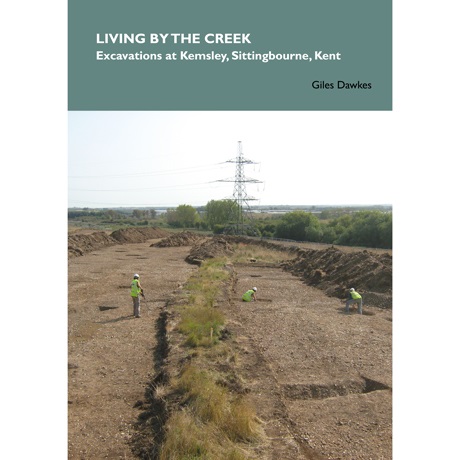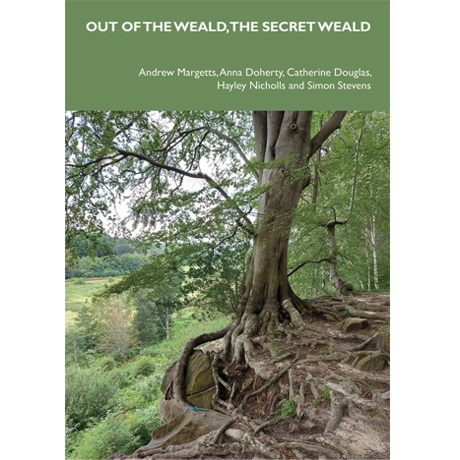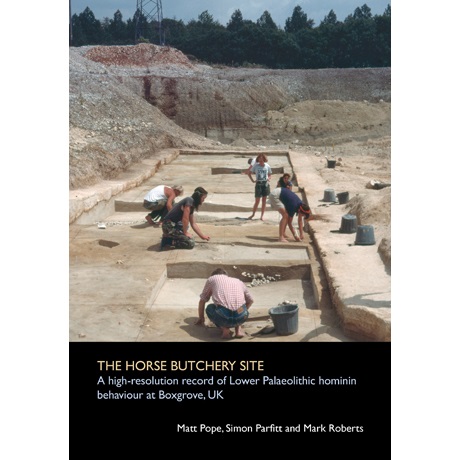A series of archaeological investigations carried out along the route of the Sittingbourne Northern Relief Road identified a multi-period site dating from the earlier prehistoric to the Roman periods. The earliest features were Neolithic/Early Bronze Age pits, waterlogged alluvial deposits and an occupation horizon. A Middle Bronze Age ring-ditch with central cremation burial was found on Kemsley Down. In the Late Iron Age/Early Roman period a field system and possible enclosed settlement were established on Kemsley Down. By the 2nd century AD, the settlement was abandoned and the area by the ring-ditch used as a small cremation cemetery. In addition, a salt-evaporation hearth or saltern was identified on the edge of the marsh.
Detailed Description
A series of archaeological investigations carried out along the route of the Sittingbourne Northern Relief Road identified a multi-period site dating from the earlier prehistoric to the Roman periods.
A small assemblage of residual Palaeolithic and Mesolithic/Early Neolithic flint represented the oldest activity, but the earliest features were Neolithic/Early Bronze Age pits, waterlogged alluvial deposits and an occupation horizon. A Middle Bronze Age ring-ditch with central cremation burial was found on Kemsley Down and was probably contemporary with the Bronze Age settlement previously identified at the nearby Kemsley Fields site. The Late Bronze Age period was poorly represented although recovery of pyramidal loom-weights suggest that there was probably a domestic building in the near vicinity.
In the Late Iron Age/Early Roman period a field system and possible enclosed settlement were established on Kemsley Down and the majority of finds and features are dated to this period. The settlement was ideally located on the higher and drier land overlooking Milton Creek with the opportunity of exploiting the resources of both the marsh and the surrounding fields.
By the 2nd century AD, the settlement was abandoned and the area by the ring-ditch used as a small cremation cemetery. In addition, a salt-evaporation hearth or saltern was identified on the edge of the marsh. Considering the importance of the Roman salt-production industry in the Thames estuary, surprisingly few sites have been subject to modern archaeological excavation techniques, and this saltern is a rare find in the region. In a wider context, the possibility that exploitation of the natural resources of the foreshore was controlled by the local villa estates is explored.
For all queries in regards to this product please contat the following :-
louise.rayner@ucl.ac.uk






